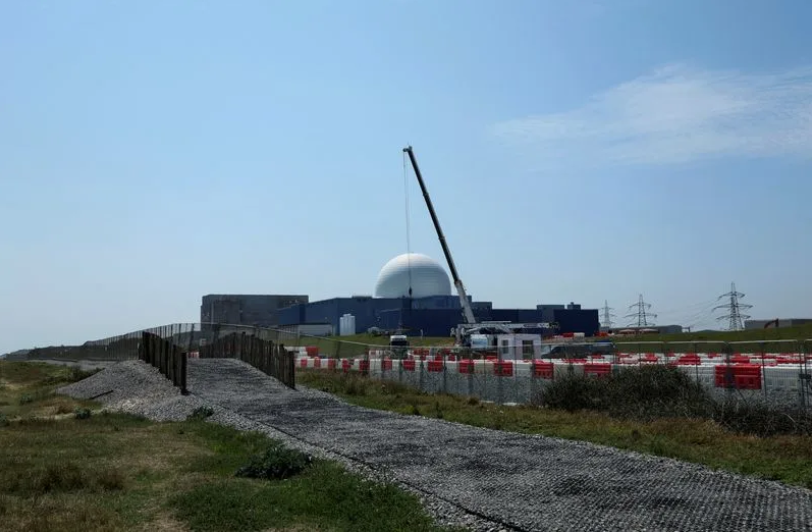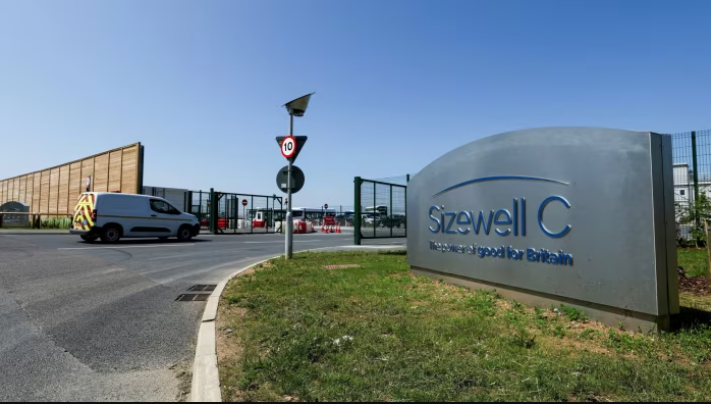UK has officially approved the Sizewell C nuclear power plant in Suffolk, marking the country’s largest energy project in decades. With an investment of £38 billion, this move reinforces Britain’s commitment to securing homegrown, low-carbon electricity.
Why UK Leaders Approved This Plant Now
Years of delays and debate ended this summer when the government confirmed the project’s final investment decision. Prime Minister Keir Starmer’s administration pledged £14.2 billion in public funding as part of a broader “golden age of nuclear” plan.
Energy Secretary Ed Miliband emphasized nuclear energy’s role in stabilizing energy prices, enhancing security, and safeguarding households against volatile gas markets.

Energy Secretary Ed Miliband emphasized that this decision wasn’t just about adding another power plant it was about reshaping the UK’s entire energy future. He highlighted the ability of nuclear energy to stabilize energy prices, strengthen national energy security, and protect families from sudden price surges in the gas market.
Who Is Investing in Sizewell C?
The Sizewell C nuclear project is being financed through a Regulated Asset Base RAB model, a framework that allows the project to start recovering costs from consumers as soon as construction begins. This method provides a steady revenue stream, reducing financial risks and attracting long-term investment.
By ensuring that money starts flowing early, the RAB model appeals to both private and institutional investors who seek predictable returns. It also helps spread the financial risk between the government, investors, and future consumers making the project more financially sustainable over time.

Several key investors have taken ownership stakes in Sizewell C. Brookfield leads private investment with a 25% share, followed by Canada’s La Caisse de dépôt et placement du Québec CDPQ with 20%, and Centrica with 15%. EDF, which had a larger stake in the early stages, now owns 12.5%, while Amber Infrastructure holds 7.6%.
Despite the strong presence of private stakeholders, the UK government remains the largest single shareholder, with 44.9% equity.
Challenging Regulatory and Environmental Obstacles
Sizewell C project has not been without challenges. One of the major hurdles has been navigating through what some critics describe as “Shakespearian red tape.” This includes an enormous 44,000-page environmental impact assessment, which highlights the immense regulatory demands placed on such infrastructure projects.
These requirements, while aimed at ensuring safety and environmental responsibility, often slow down progress significantly and can lead to delays in approval and construction timelines.
UK faces a shortage of skilled construction workers, which adds to the difficulty of completing large-scale nuclear projects like Sizewell C on time and within budget.

